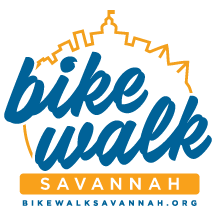Nothing ruins your ride faster than having your bike stolen! Here are some steps you can take to seriously reduce the likelihood of that happening.
- Use a U-lock. Cable locks can be cut more easily than you might think. Cheaper and older U-locks can often be broken without any tools. Sourcing your U-lock from a local bike shop is a good way to make sure you’re buying a quality product.
- Don’t make it easy to steal! Bike thieves love low hanging fruit, and nothing deters them like the presence of a quality lock. Many thefts are crimes of opportunity, so make your bike the hardest one on the rack to steal.
- Lock the frame first. Try to secure the wheels and seat, too. Your bike frame happens to be the most expensive part; make sure you lock it to something secure. Use a secondary cable to lock the wheels and seat. In many cases a U-lock can be used to lock both the frame and rear wheel. Accessories (lights, pumps, etc) are commonly stolen items. Take them with you.
- Your lock is only as good as what it is locked to. Make sure whatever you locked up to isn’t going anywhere. Be mindful that trees and wood can be cut or kicked through.
- Your garage, shed, or storage room isn’t as safe as you think. Even if you have parked your bike in a “secure location” be sure to lock it to something. Bikes are commonly stolen from garages or shared basements.
- Document it! Take pictures of your bike, record the serial number, and where possible list your bike on your insurance.
- After you’ve done that, make sure to register your bike with Savannah Police Department and Bike Index. The Bike Index makes stolen bikes harder to sell and easier to recover by making sure important information about your bike is there when you need it the most. The process is simple, secure, and free.
Need to find available bike parking in Savannah? Check out our map below. If you find a rack that isn’t on our map, please submit it to info@bikewalksavannah.org.
Learn more tips on our Resources Page.

This blog post is produced thanks to support from the Governor’s Office of Highway Safety.






